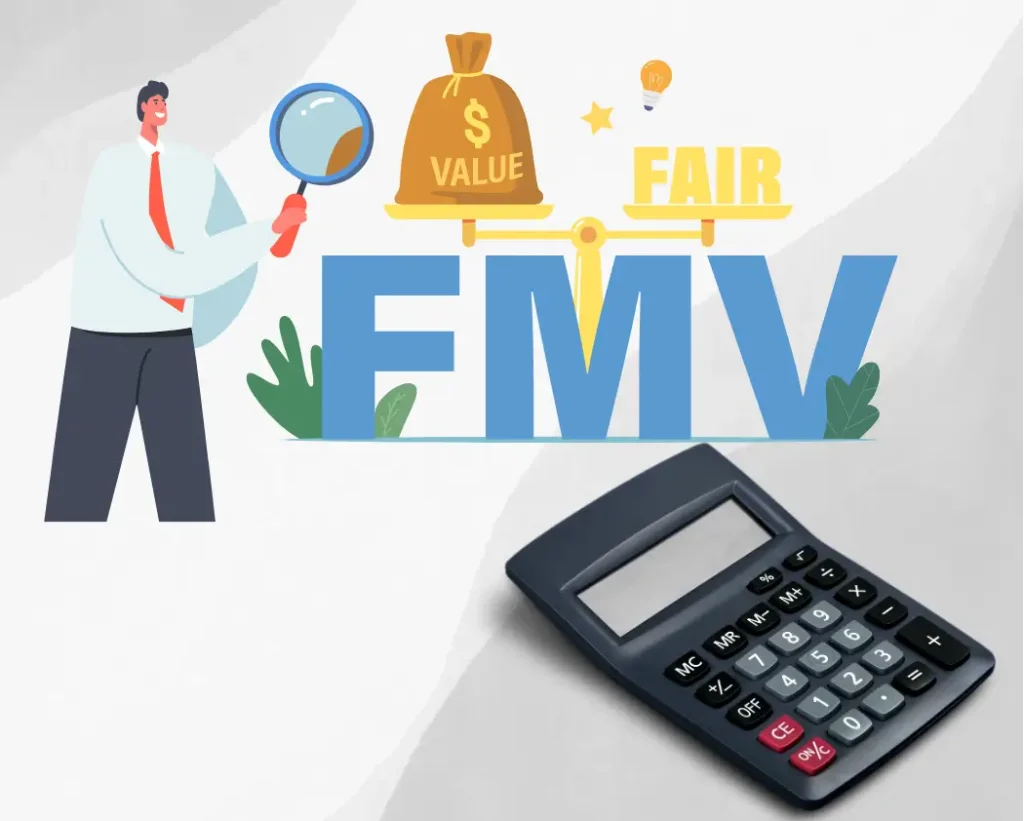Have you ever wondered how insurance companies determine the fair market value of your property after a loss? Understanding this process is crucial, as it directly affects your insurance claim and potential claim payouts.
While most explanations scratch the surface, we’re diving deeper into the methods and factors that make up an accurate valuation, including insights many websites overlook.
DOWNLOAD: “How Fair Market Value is Calculated in Insurance Claims”.PDF
What is Fair Market Value?
The fair market value of a property is the price it would fetch on the open market under normal conditions. It’s a balance between what a buyer is willing to pay and what a seller is willing to accept, without undue pressure. For insurance claims, this value serves as the foundation for calculating claim payouts and determining whether repairs or replacements are financially viable.
Key Methods for Calculating Fair Market Value
1. Market Approach
The market approach compares similar properties to estimate value. Professional appraisers and real estate agents often use a comparative market analysis (CMA) to assess:
- Current market conditions.
- Recent real estate transactions in the area.
- The sales price of similar properties.
2. Cost Approach
This method calculates the cost of rebuilding the property from scratch, factoring in:
- The replacement cost of materials.
- Labor costs.
- Depreciation due to age or wear.
3. Income Approach
Primarily used for real estate property that generates income, this method evaluates future cash flows and applies a capitalization rate to estimate value. Private companies and investors rely on this approach for properties with rental potential.
Factors That Influence Fair Market Value
1. External Factors
The fair market value can be influenced by various external conditions, including:
- Market activity and trends.
- Property taxes and local regulations.
- Economic conditions, such as fluctuations in the stock market.
2. Property-Specific Details
Key characteristics that affect value include:
- Square footage and layout.
- Age and condition of the property.
- Location and proximity to amenities.
3. Informational Purposes vs. Tax Purposes
While valuations for informational purposes may focus on general trends, those for tax purposes or legal matters like eminent domain require a higher level of accuracy.
The Role of Professional Appraisers
Why Professional Appraisers Matter
Hiring a real estate appraiser or professional appraiser ensures an accurate valuation for your property. These experts use industry-standard methods and tools to calculate:
- Selling price or purchase price.
- Adjustments for unique property features.
- Fair comparisons to similar properties.
How to Choose an Appraiser
Look for appraisers with:
- Local market knowledge.
- Certification or accreditation.
- A history of successful valuations for insurance claims.
Challenges in Determining Fair Market Value
1. Variations in Competitive Markets
In a competitive market, the current price of a property may fluctuate rapidly, making it harder to pinpoint an exact value.
2. Impact of Repairs and Maintenance
The condition of the property can significantly influence the valuation. Neglecting necessary repairs may lower the sales price or increase the cost of replacement cost estimates.
3. Disputes Over Valuations
In cases of legal disputes or insurance claims, disagreements over the fair market value can delay claim payouts. Providing documentation and working with reputable professionals can help resolve these issues.
How Insurance Companies Use Fair Market Value
1. Determining Claim Payouts
The fair market value forms the basis for calculating claim payouts in scenarios like total loss claims. For example:
- The replacement cost is assessed for repairs or rebuilding.
- The current market conditions are factored in for accurate settlements.
2. Assessing Property Damage
In cases involving real estate, personal property, or vehicles, insurers evaluate:
- The sale price of comparable items.
- The depreciation or appreciation due to external factors.
3. Setting Policy Limits
Accurate valuations help insurers set appropriate insurance policy limits, ensuring that policyholders receive adequate compensation.

Conclusion
Calculating fair market value is a complex yet essential part of the insurance claim process. By understanding the methods, factors, and challenges involved, you can better navigate your claims and secure the compensation you deserve.
How will you ensure an accurate valuation in your next claim?
FAQs
Fair market value is the price your property would sell for under normal market conditions. It’s a key factor in determining insurance claim payouts.
Insurers use methods like the market approach, cost approach, and income approach, considering factors like property condition, market trends, and external influences.
Yes, you can dispute the valuation by providing documentation, hiring a professional appraiser, or requesting a second opinion from an independent expert.
Professional appraisers provide accurate and unbiased valuations by analyzing market data, property specifics, and comparable sales.
External factors like economic trends, property taxes, and local regulations can significantly influence the fair market value of a property.





